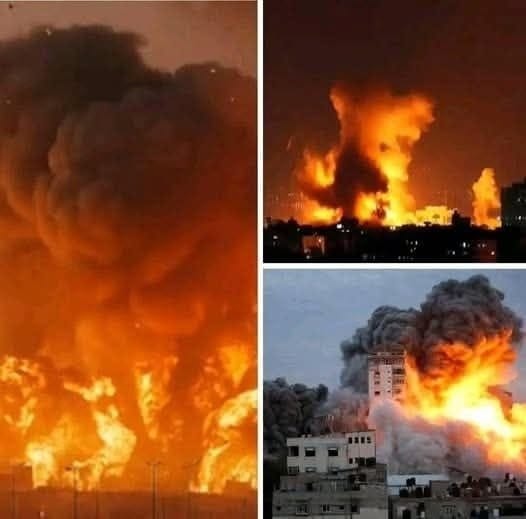How Close Is the World to a Major Global Conflict?
Rising geopolitical tensions across Europe, the Middle East, and the Indo-Pacific have prompted increased debate about whether the world is edging toward a wider conflict. While most experts agree a global war is neither inevitable nor imminent, a growing number of strategic flashpoints have raised the stakes in international affairs. Each region carries its own risks, shaped not only by military capabilities but also by political miscalculations, strained alliances, and heightened uncertainty.
Russia and Europe: Persistent Tensions at NATO’s Eastern Flank
Israel’s War on Hamas: What to Know | Council on Foreign Relations
For more than two years, the conflict between Russia and Ukraine has remained a central focus of European security concerns. Although Moscow has signaled occasional openness to negotiation, progress toward peace has stalled. Russian forces continue limited advances, while long-range drone strikes into Ukrainian territory have become frequent.
European governments have taken increasing notice of airspace violations near NATO borders. Incidents involving Russian aircraft entering or approaching the airspace of Estonia, Poland, and Romania have drawn firm responses from NATO officials, who describe them as part of a broader pattern of risky behavior. While these incidents have not resulted in direct confrontation, they underline the potential for misinterpretation during high-tension moments.
Several countries along NATO’s eastern border—including Estonia, Latvia, Lithuania, Poland, and Finland—have begun reassessing their national defense postures. Some have chosen to withdraw from older security treaties, such as the anti-landmine convention, citing the need to prepare more flexible defensive strategies. Other regional initiatives, including the redevelopment of natural defensive barriers along the Baltic frontier, indicate a shift toward long-term security planning.
A separate point of concern involves Russia’s ongoing development of advanced missile systems. Russian officials have highlighted tests of hypersonic and nuclear-powered cruise missiles, presenting them as technological milestones. Independent analysts note that these weapons may extend Russia’s ability to project power, though many details about their capabilities remain classified or uncertain. Western governments continue to monitor these developments while emphasizing the importance of avoiding escalation.
Despite the increased friction, most European policymakers and security scholars argue that a deliberate full-scale invasion of NATO territory remains unlikely. Instead, they caution that limited provocations or ambiguous actions could test alliance unity. These situations, if misinterpreted, could heighten risk even without intentional aggression. Maintaining clear communication channels and reinforcing diplomatic coordination remain key goals for NATO members.

Leave a Reply